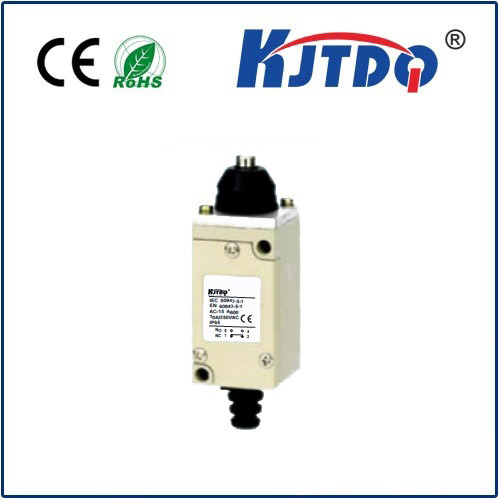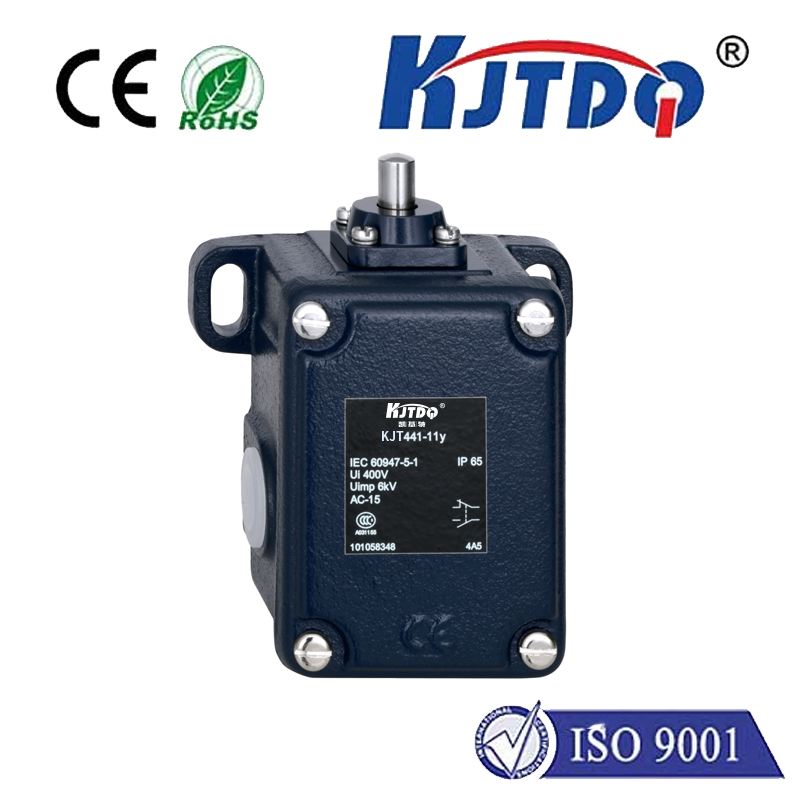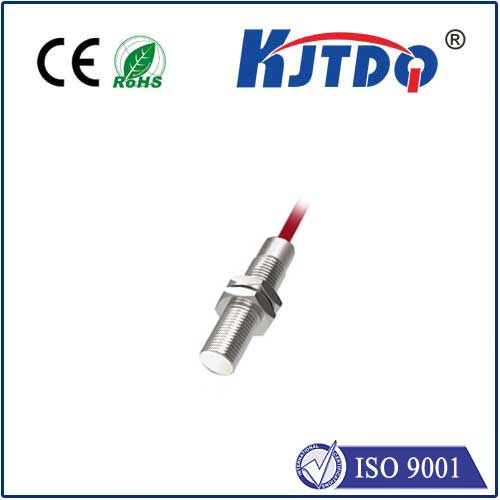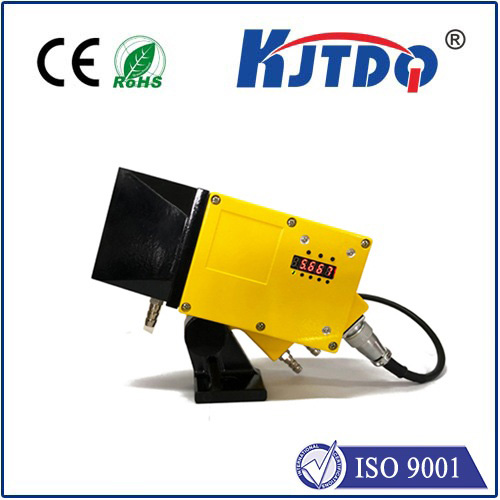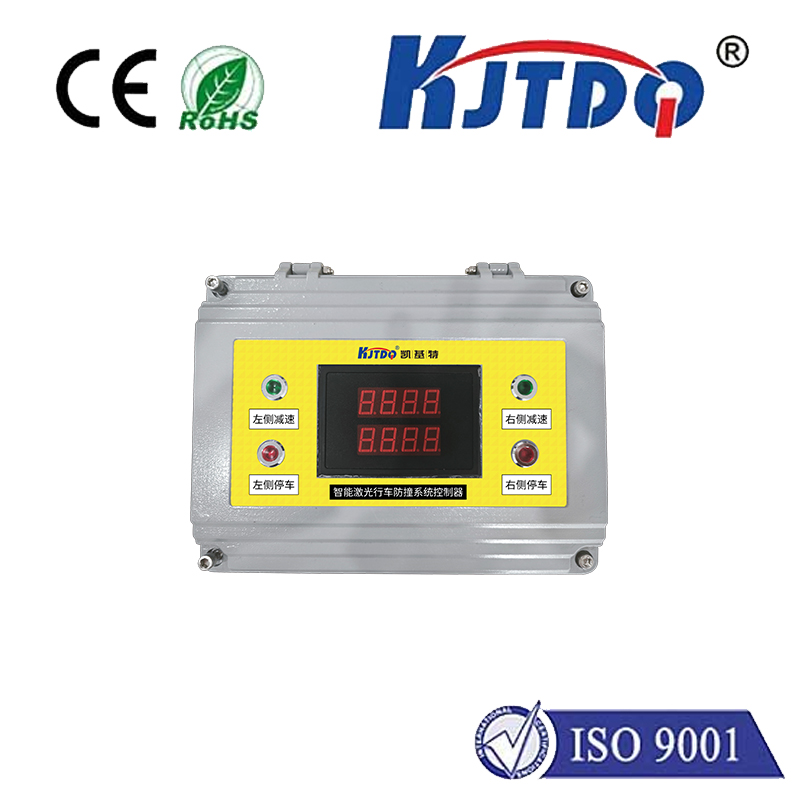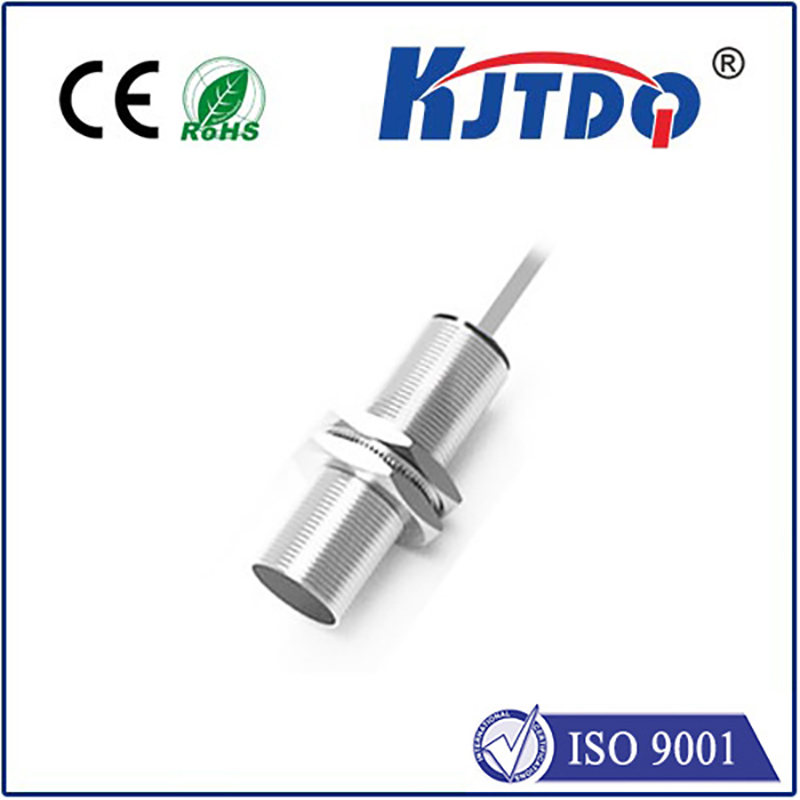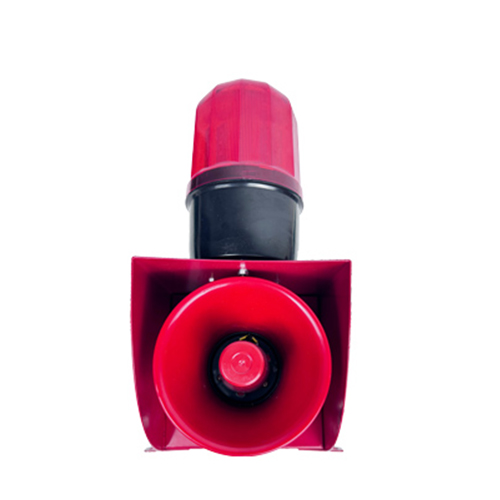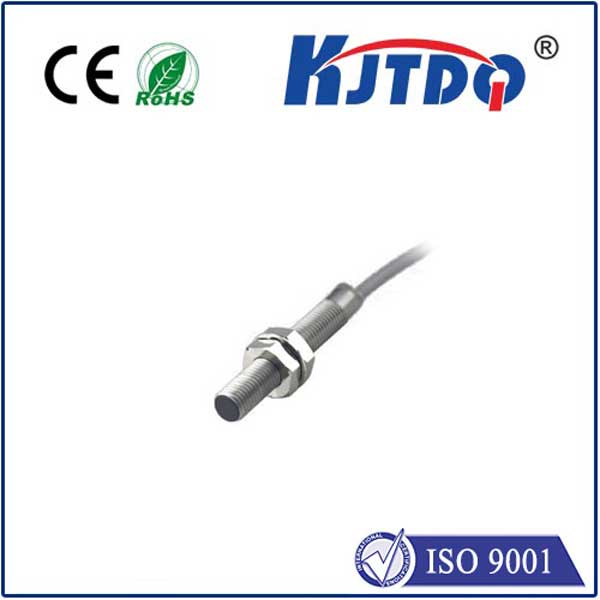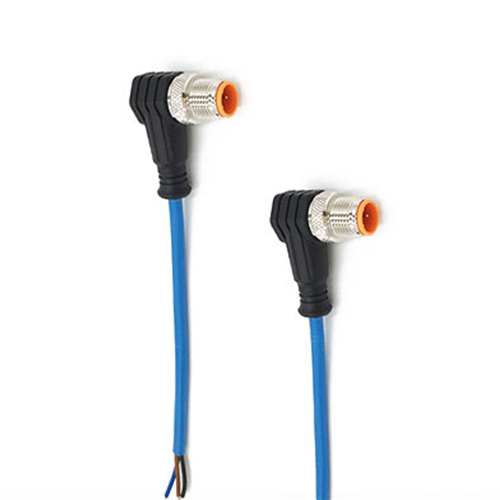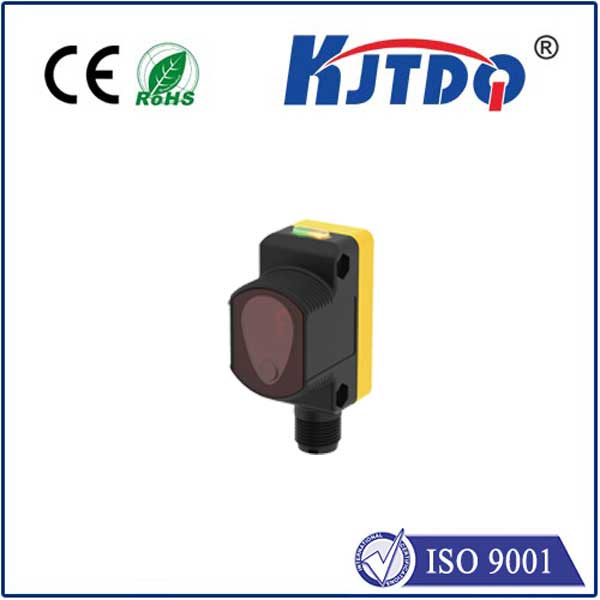

check

check

check

check
For businesses and individuals alike, maintaining precise temperatures within coolers, refrigerators, and freezers isn’t just about convenience—it’s often a critical requirement. From preserving the efficacy of life-saving vaccines and ensuring the safety of perishable foods to protecting valuable industrial samples, temperature excursions can lead to catastrophic consequences: spoiled inventory, compromised research, regulatory fines, and even public health risks. At the heart of preventing these costly failures lies a crucial, often overlooked component: the cooler sensor. This article explores how these sophisticated devices are fundamental to reliable temperature management.
The High Stakes of Temperature Control
Imagine a pharmaceutical warehouse storing millions of dollars worth of vaccines. A mere few degrees above the recommended storage range for a prolonged period can render these critical medicines ineffective. In the food industry, a temporary cooling system malfunction can lead to bacterial growth, product recalls, and brand damage. Laboratories rely on stable temperatures to preserve biological samples and ensure experiment validity. Regulations across sectors increasingly mandate documented proof of consistent temperature adherence. The humble cooler, therefore, transforms into a vital asset demanding vigilant monitoring, impossible without accurate temperature sensors.
Demystifying Cooler Sensors: More Than Just a Thermometer
Modern cooler sensors are sophisticated transducers designed specifically for the challenging environments within refrigeration units. They go far beyond basic temperature readings. Key considerations include:

Accuracy and Stability: This is paramount. High-quality cooler sensors boast tight tolerances (e.g., ±0.1°C, ±0.5°C) and minimal drift over time, ensuring reliable data year after year. Sensor calibration traceable to recognized standards is essential, particularly for regulated industries.
Robustness & Environmental Suitability: Coolers present harsh conditions: condensation, fluctuating humidity, potential chemical exposure (from stored items), physical vibration, and rapid temperature changes when doors open. Sensors must be housed in protective probes (often stainless steel or rugged plastic) rated for these conditions (e.g., IP67 ingress protection).
Response Time: How quickly can the sensor detect a temperature shift? Faster response times (measured as Time Constants) are crucial for identifying sudden malfunctions or door openings before significant drift occurs. Air sensors respond fastest, while sensors embedded in liquids or solids take longer.
The Power of Smart Monitoring: Beyond Basic Sensing
The true potential of a cooler sensor is unlocked when integrated into a monitoring system. Standalone sensors provide a snapshot; connected sensors provide continuous insight and proactive alerts. Modern advancements offer:
Choosing the Right Cooler Sensor: Key Considerations
Selecting the optimal sensor depends heavily on the application:
Investing in Assurance: The Value Proposition
Deploying reliable cooler sensors within a robust monitoring system is not merely an expense; it’s a strategic investment:
Do you know the true temperature story inside your critical coolers? Don’t leave your valuable assets to chance. Advanced cooler sensor technology, combined with intelligent monitoring systems, provides the vigilance needed to safeguard temperature-sensitive goods, ensure compliance, and operate with confidence.
